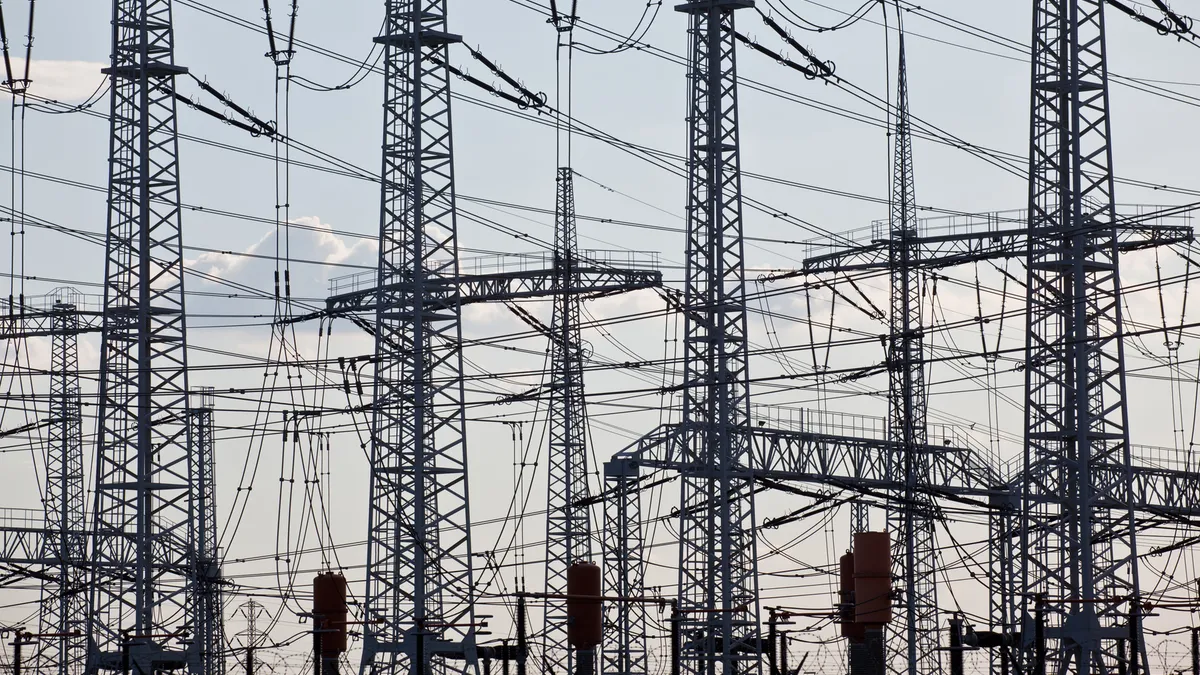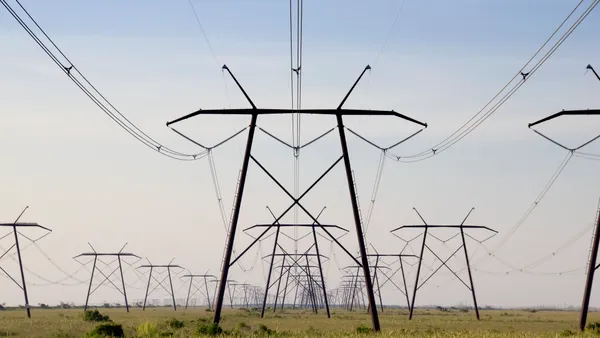Dive Brief:
- Seeking greater reliability, Northern Maine may attempt to connect its small electricity market directly to the New England power grid rather than continue to rely on transmission lines into Canada.
- The grid in northern Maine, which includes the transmission systems of Maine Public Service and Eastern Maine Electric Cooperative, is operated by the Northern Maine Independent System Administrator (NMISA) and serves 54,000 customers.
- Other proposals include building new transmission facilities to connect with ISO New England, adding new generation capacity, adding demand response, and reinforcing transmission connections with New Brunswick.
Dive Insight:
Northern Maine is a "unique" power market, according to the U.S. Energy Information Administration: Unlike any other part of the Lower 48 states, the region is connected to one of the three main power grids serving the United States and Canada only via transmission lines that run through Canada.
"Currently, grid operators are considering transmission options to give northern Maine direct links to the rest of New England in an effort to enhance reliability and expand access to electricity markets," the agency said in a recent analysis of the market.
NMISA is a small electricity region with a peak load of 135 MW. The grid links to the rest of New England through connections with the Canadian utility New Brunswick Power Corporation.
"Various proposals over the past decade have sought to build transmission to directly connect NMISA to ISO New England, which operates the rest of the transmission grid and wholesale electricity markets in New England," EIA noted. "Such a connection may address reliability concerns, provide access to ISO-NE's markets for northern Maine's generators, and enhance retail competition."
Other proposals include some wind farm developers that are building generators within NMISA's footprint and establishing their own transmission lines directly into ISO-NE, EIA said. These developers are seeking to benefit from the area's favorable wind resources and the need for reducing carbon emissions, but it is not yet certain whether any of this generation will be able to serve load within NMISA.
EIA noted that First Wind built its own 38-mile 115-kV transmission line that began operating in 2009 to connect the 83-NW Stetson Wind projects to ISO-NE. The Stetson Wind farm is physically located within NMISA's footprint, but it is connected to ISO-NE, not to NMISA.















